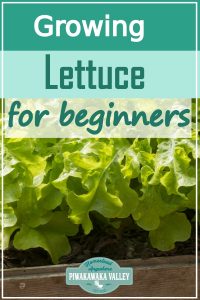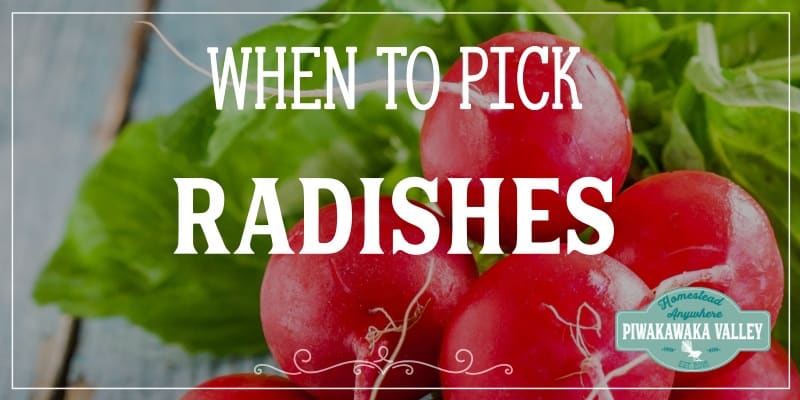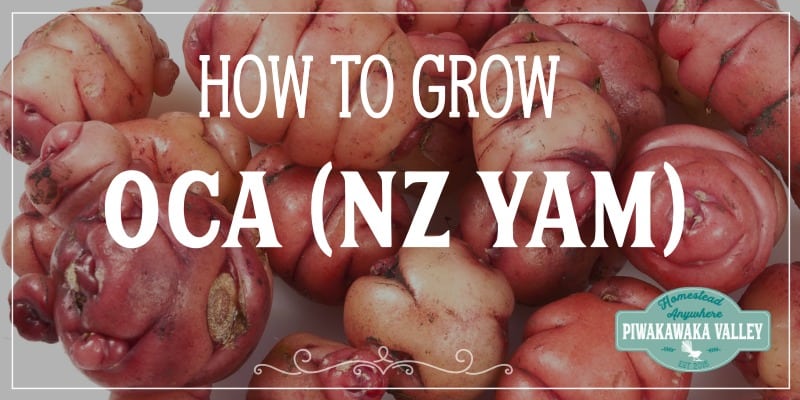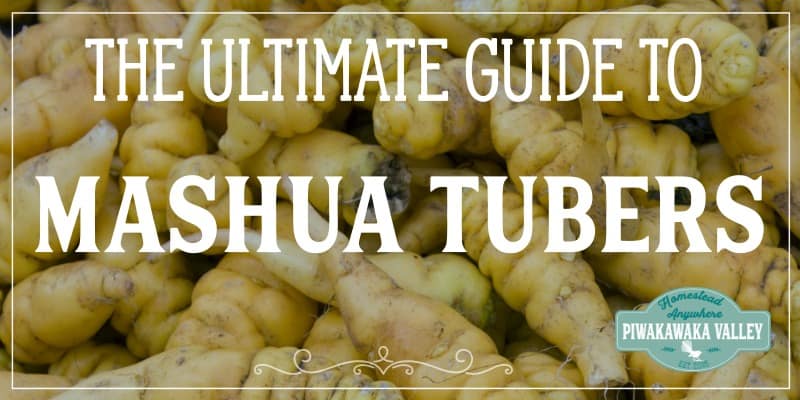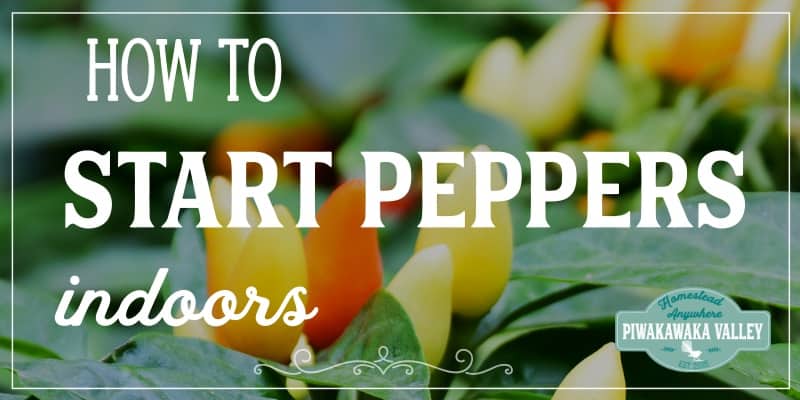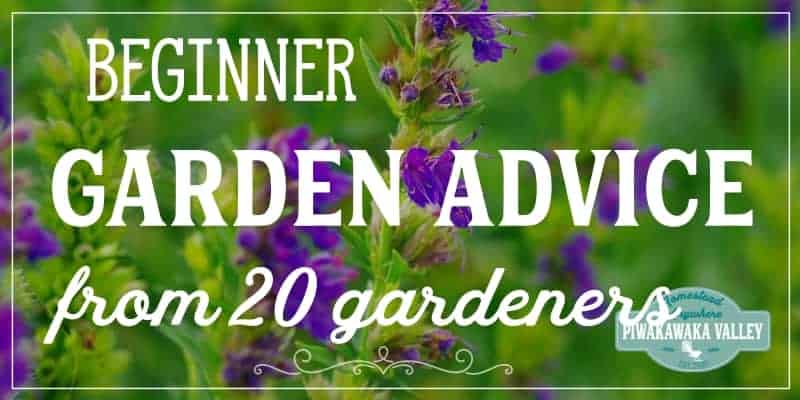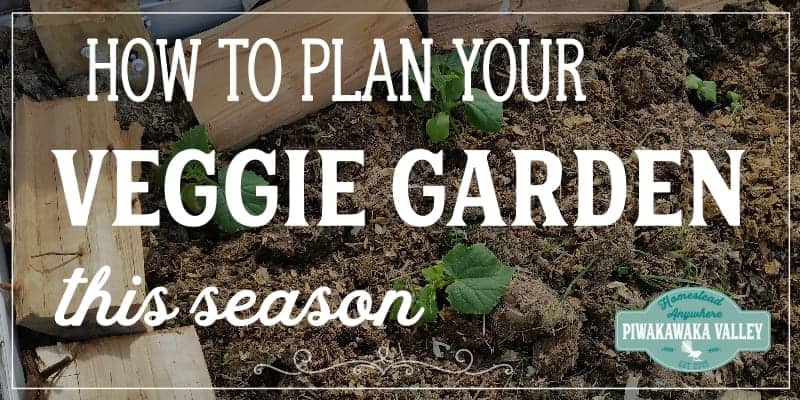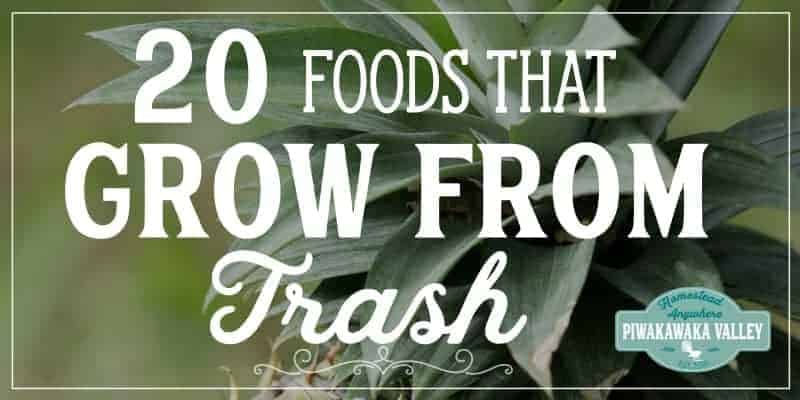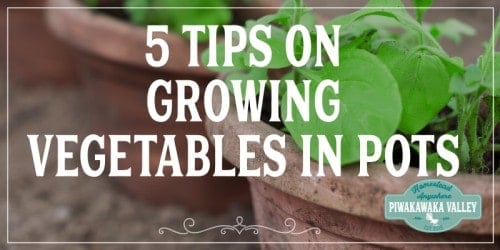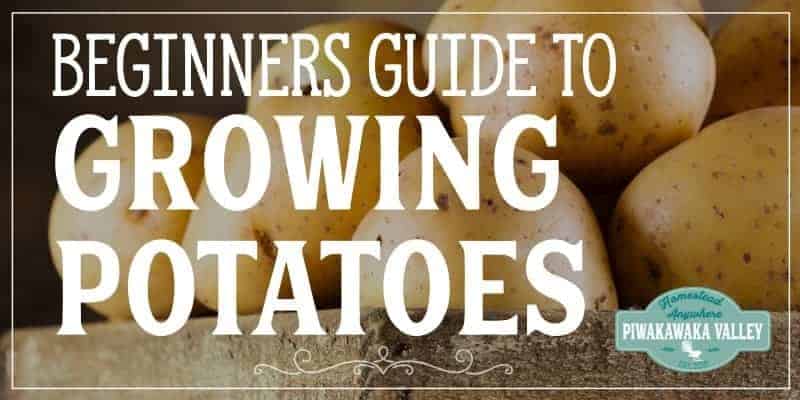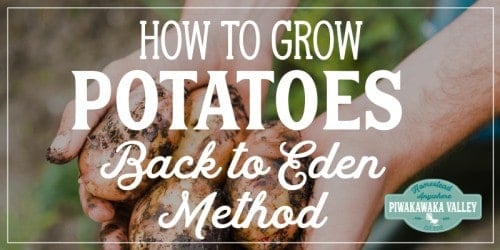This post was most recently updated on August 18th, 2020
Lettuce is one of those plants that everyone should be growing. It is very easy to grow and so versatile in the kitchen. Nothing beats fresh, crunchy lettuce from the garden or window box. This beginners guide for growing lettuce will show you everything you need to know about getting started growing lettuce in your garden.
Please read: This information is provided for educational purposes only and is not intended to treat, diagnose or prevent any disease. We encourage you to make your own health care decisions in partnership with a qualified health care professional.
This post contains affiliate links, this means at no extra cost to you, we make a commission from sales. Please read our Disclosure Statement
The History Of Lettuce
As with many plants, it is believed that the Ancient Egyptians were the first to cultivate lettuce. It was likely cultivated specifically for its seed oil and then later bred as an edible plant.
Some of the earliest records regarding the cultivation of lettuce date back to 2680 BC. It was also found in many Medieval writings as a medicinal bitter herb.
RELATED: Free Gardening Resources
How Easy Is Lettuce To Grow?
Lettuce is a very hardy crop and one of the easiest vegetables to grow.
It can be grown in a variety of climates and has the ability to withstand minor frost.
Lettuce grows quickly and the harvesting process is extremely simple. There are some variations depending on the type of lettuce being grown. Lettuce also takes up minimal space so is perfect for growing in pots on a balcony.
Different Types Of Lettuce
There are a few different types of lettuce, some of which were documented as far back as the 1st century.
The three main variations are
- Loose-leaf lettuce
- Head lettuce/crisphead
- Romaine lettuce
Lettuce can also be categorized as “cut and come again”, but this refers more so to how the lettuce is grown and harvested.
Where To Plant Lettuce
Lettuce should be planted in a seedbed that is well-tilled with as few stones or clods of dirt as possible.
The plant will grow best in cool growing conditions. The ideal temperature will be between 15 and 18C (60 and 65 degrees Fahrenheit), though it can certainly thrive in higher or lower temperatures.
Garlic can be planted with the lettuce to protect from aphids.
How To Grow Lettuce From Seed
It takes up to eight days for the lettuce to sprout when the average temperature is below 20 C (75 degrees Fahrenheit) and above 15 C (60F).
Seeds should be planted ½ inch deep in single rows that are 12 to 15 inches apart, or sown in individual seedling pots.
Lettuce needs to be watched and watered whenever the leaves appear to be wilting otherwise it will be bitter and may die.
When To Plant Out Lettuce Seedlings?
Lettuce is best planted two weeks prior to the last spring frost date.
It is possible to plant lettuce during Autumn/Fall or early Winter in some climates. In most cases, snow will not harm the lettuce.
You can sow more lettuce seeds into the garden every two weeks to maintain the harvest throughout the entire growing season.
Growing Lettuce In Containers
Lettuce roots do not require deep soil and can be easily grown in shallow containers.
It can be grown in a container in roughly eight weeks with minimal maintenance.
It’s best to keep the container in a cool spot out of the sun. Water the lettuce anytime that the leaves appear to be wilting.
Common Pests And Diseases
Some of the most common pests that affect lettuce include loopers, armyworms, and aphids.
Some of these pests can be avoided naturally by planting garlic or chives alongside the lettuce.
Fungal disease is also a risk for lettuce, but one that can be avoided with the use of organic fungicides.
It’s also important to avoid overwatering the plant. By growing during the colder months you also reduce both of these risks.
If you are new to gardening, or want some support and knowledge getting a garden started, check out our Productive Gardener Course TODAY
Protecting Lettuce From Bugs Organically
Aside from growing certain plants alongside the lettuce, you can use other organic means to protect the lettuce from pests.
Neem oil spray is a simple mixture of neem oil, insecticidal soap, and water warm.
It can protect your lettuce from bugs without causing any damage to the plant. You might also use nets designed to keep larger pests away.
How Long Does It Take From Sowing To Harvest
Lettuce leaves can actually be harvested before the plant has reached full maturity by simply removing the outer leaves of the plant.
On average, it will take between 45 and 55 days for the lettuce to mature after sowing. Romaine lettuce takes longer with 75 to 85 days between sowing and harvesting.
Crisphead lettuce can take anywhere between 70 and 100 days before reaching full maturity.
How Do I Know Lettuce Is Ready To Eat?
Lettuce is best harvested when it has reached full size, but slightly before reaching full maturity.
If planting crisphead lettuce, you will want to harvest and eat the lettuce when the center feels firm. Always harvest your lettuce in the morning before the sun rises to enjoy the best possible taste.
How to grow crunchy lettuce
Lettuce that is grown quickly with plenty of moisture and nitrogen will be crunchy and fresh tasting.
Lettuce in poor soil, too much sun, or not enough water will be limp, small and bitter.
For the crunchiest lettuce harvest in the early morning, rinse in cold water, dry and serve quickly. If you don’t need it immediately store your lettuce as below.
Storing Lettuce
Lettuce should be stored dry in an airtight container in the refrigerator.
Using this method, the lettuce should remain fresh for up to 10 days.
If you want to use excess lettuce for cooking, it can be frozen. However, you will not want to use lettuce that has been frozen in a salad.
If you would like help getting the most out of your garden, I would love to help you, find out more here
RELATED: Free Gardening Resources
If you like tips on frugal living, self sufficiency and consuming less, sign up to our newsletter below, I would LOVE to have you
For further reading, I also recommend all of these books. I own every one of them and they are amazing resources!



